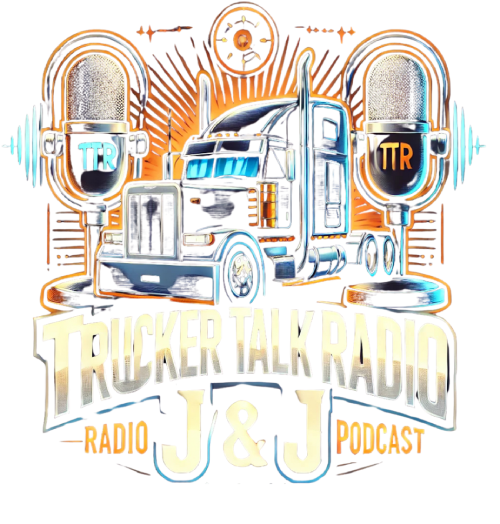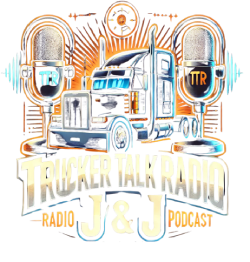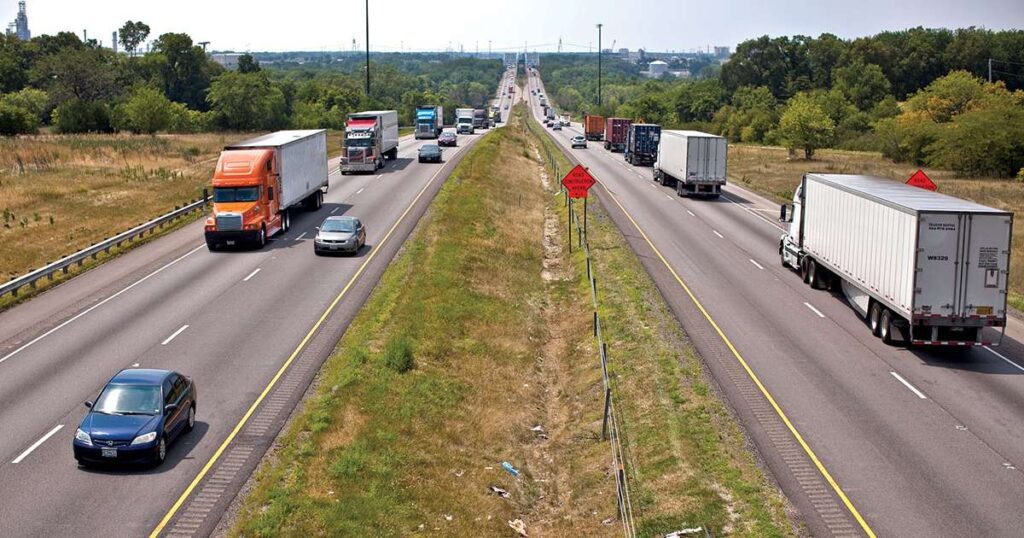[Stay updated on transportation news: Subscribe to TTNews in your inbox.]
The Environmental Protection Agency’s (EPA) Phase 3 emissions rule has faced significant backlash from key sectors within the trucking industry.
Announced on March 29, the final rule mandates various electric vehicle sales targets based on vehicle type and application. For instance, it stipulates that 30% of “heavy-heavy-duty vocational” trucks must be zero-emission by 2032, and 40% of short-haul day cabs should also be zero-emission, either battery-electric or hydrogen-powered.
The EPA reported receiving extensive feedback on the proposed rule from the previous year, including over 175,000 public comments, as well as input from public hearings and stakeholder groups.
According to the EPA, “The final standards were informed by the best available data and rigorous technical assessments, as well as substantial public input received in response to the proposed rulemaking.” However, trucking associations have challenged this representation of the final rule.
We oppose the emission standards for heavy-duty trucks announced today by EPA. The post-2030 targets remain entirely unachievable given the current state of zero-emission technology, the lack of charging infrastructure & restrictions on the power grid. https://t.co/zrurFsygD8
— American Trucking (@TRUCKINGdotORG) March 29, 2024
The American Trucking Associations highlighted that the new Phase 3 rule for heavy-duty trucks poses “unachievable targets” which could have serious repercussions for the U.S. supply chain and freight movement across the economy. ATA President Chris Spear stated that current conditions of zero-emission technology, insufficient charging infrastructure, and grid limitations render post-2030 targets unrealistic.
While the EPA’s final rule includes lower zero-emission vehicle requirements for model years 2027-29, the ATA warns that mandating high zero-emission vehicle thresholds later could restrict fleet options to battery-electric and hydrogen technology, which are still in early development stages.
The Truck and Engine Manufacturers Association expressed its opposition to the final rule, stating that it could become the most challenging and disruptive emissions regulation for heavy-duty vehicles to date. They noted that past regulations prompted manufacturers to innovate, while the new Phase 3 rule could impose unattainable sales quotas for zero-emission vehicles.
The Clean Freight Coalition also criticized the rule, arguing that instead of pushing for costly new technologies, policymakers should promote commercially viable lower-carbon alternatives to diesel, such as biodiesel and renewable diesel, which could help achieve emission reductions sooner.
Furthermore, American Truck Dealers stated their opposition, asserting that the rule would negatively impact American commercial trucking and broader U.S. businesses, potentially leading to an increase in older, less environmentally-friendly trucks remaining in service. Truckload Carriers Association President Jim Ward emphasized the importance of recognizing the advancements made in reducing emissions from heavy-duty trucks while expressing concern over the rule’s long-term implications.
Owner-Operator Independent Drivers Association President Todd Spencer noted that small trucking businesses care about clean air yet feel threatened by stringent regulations that could jeopardize their existence.


